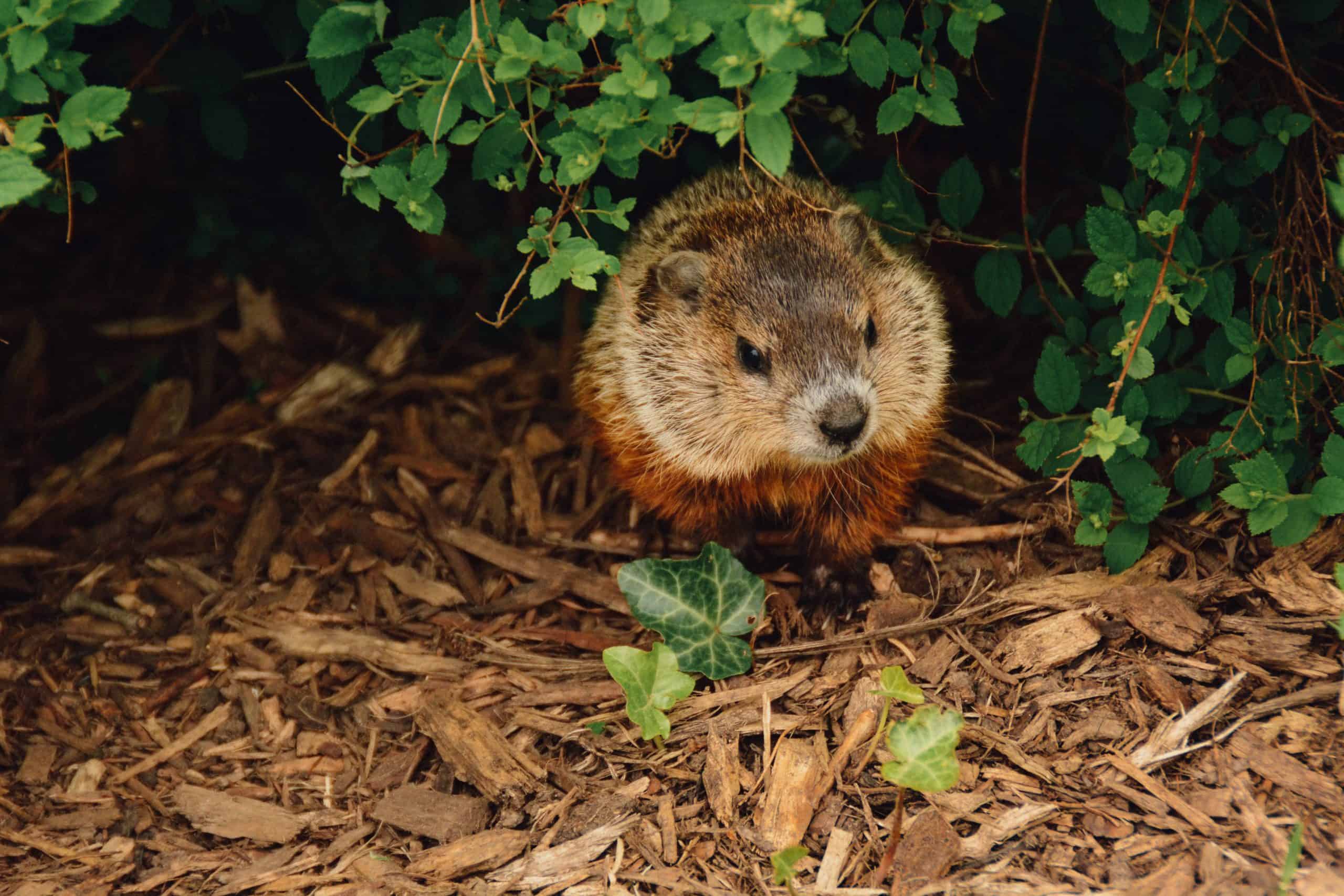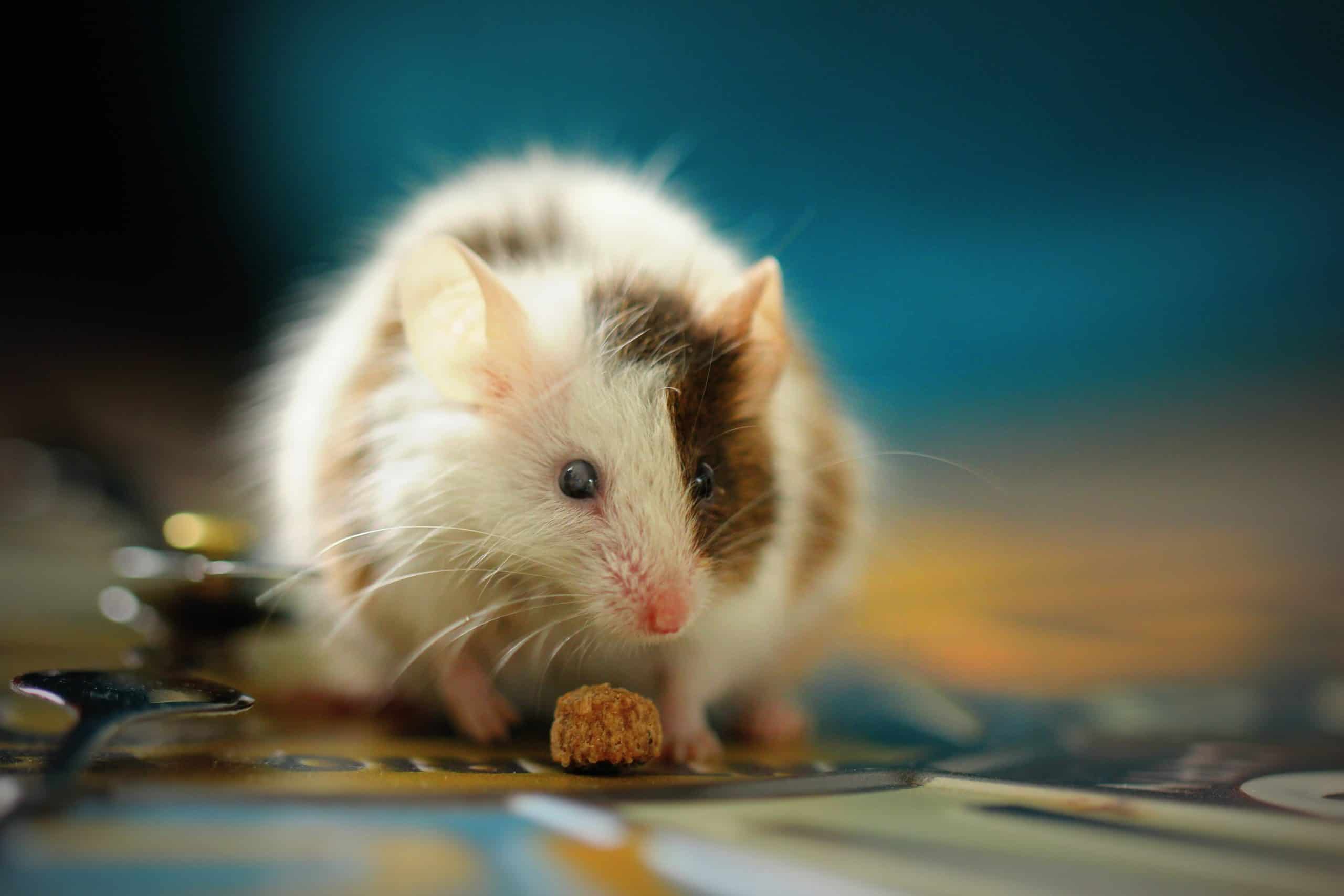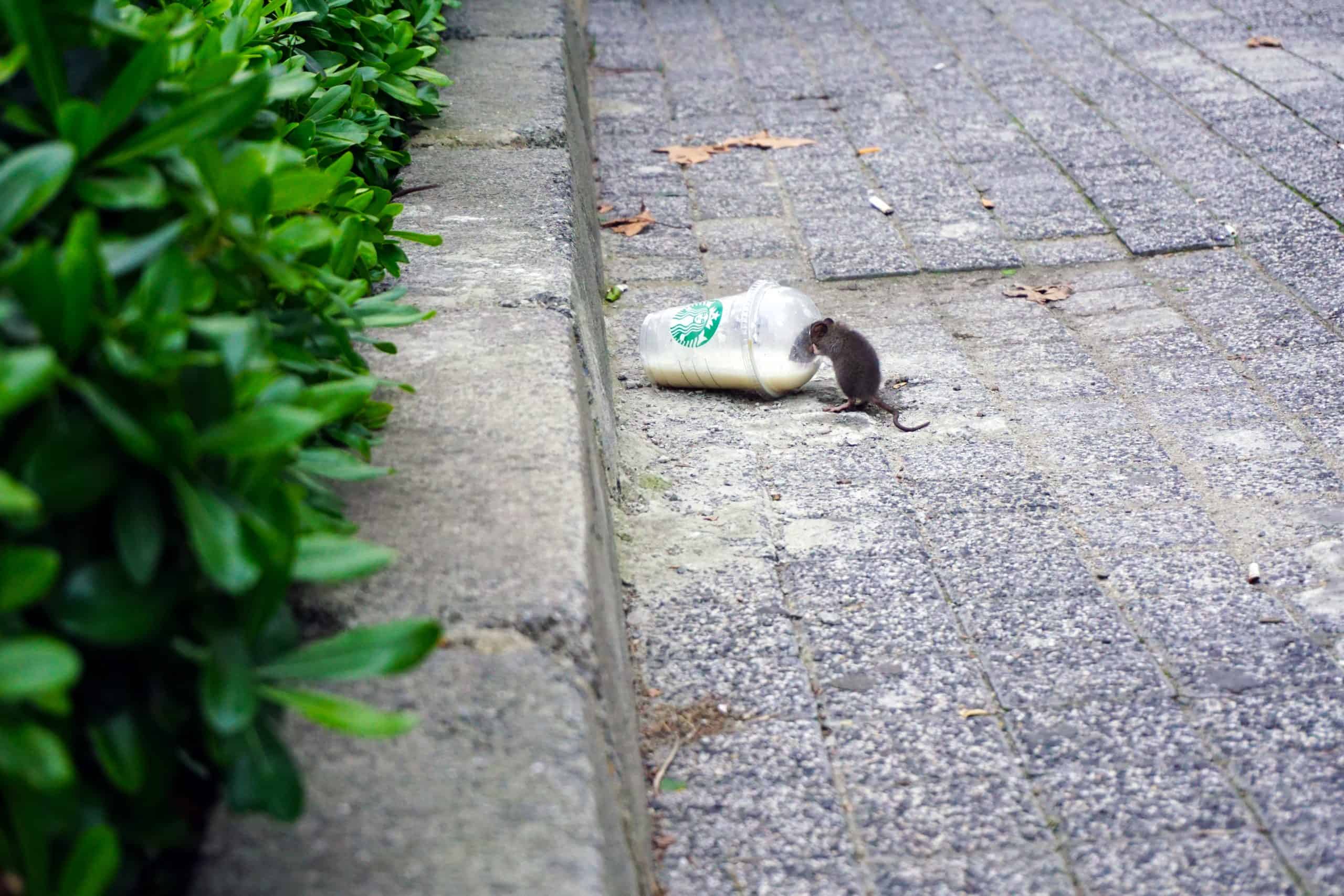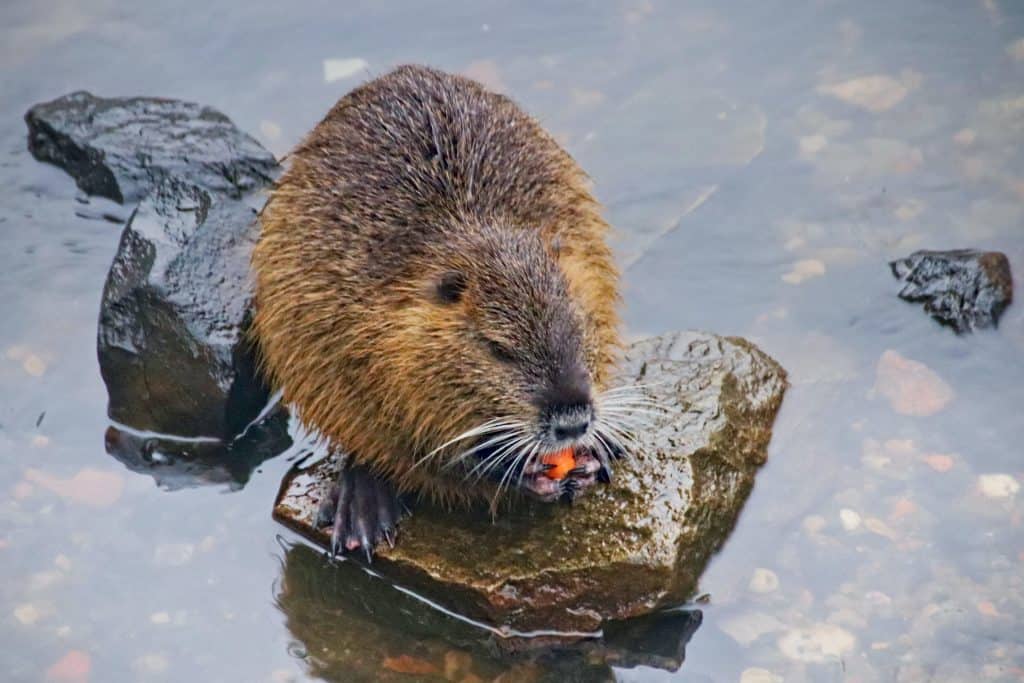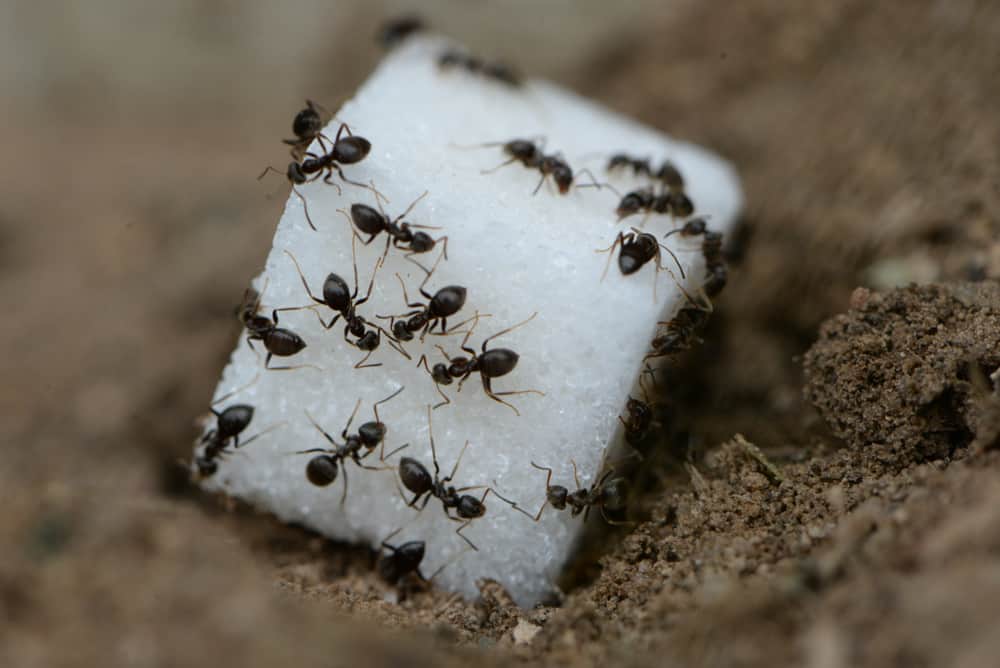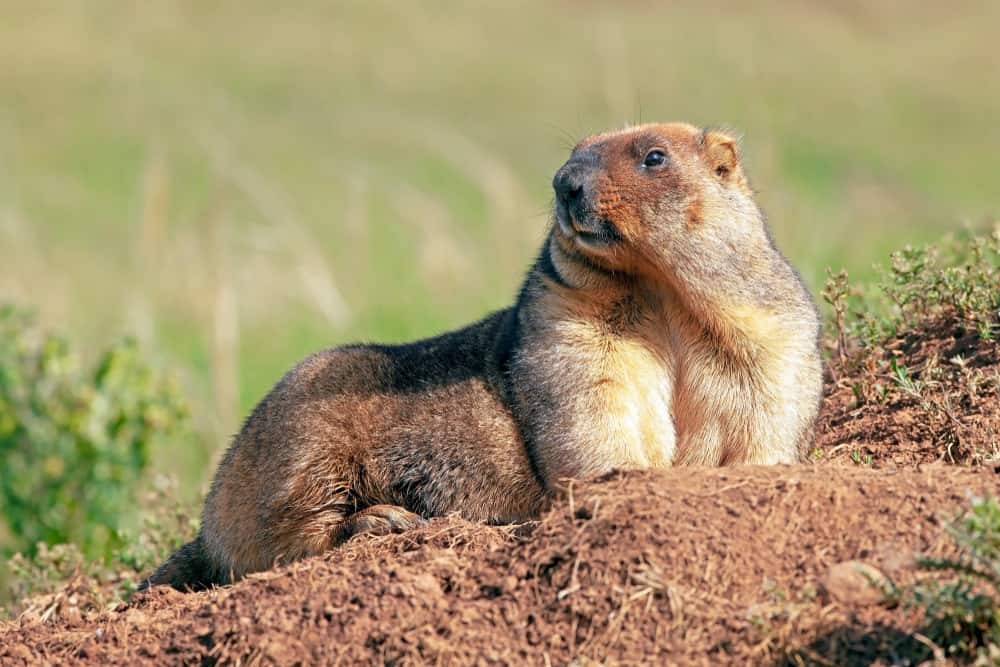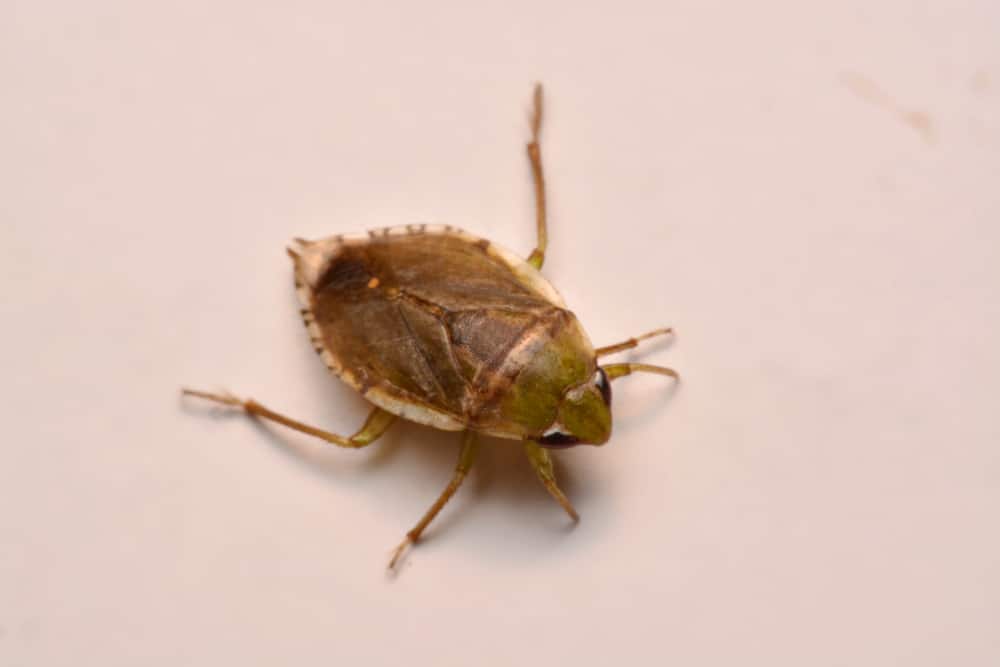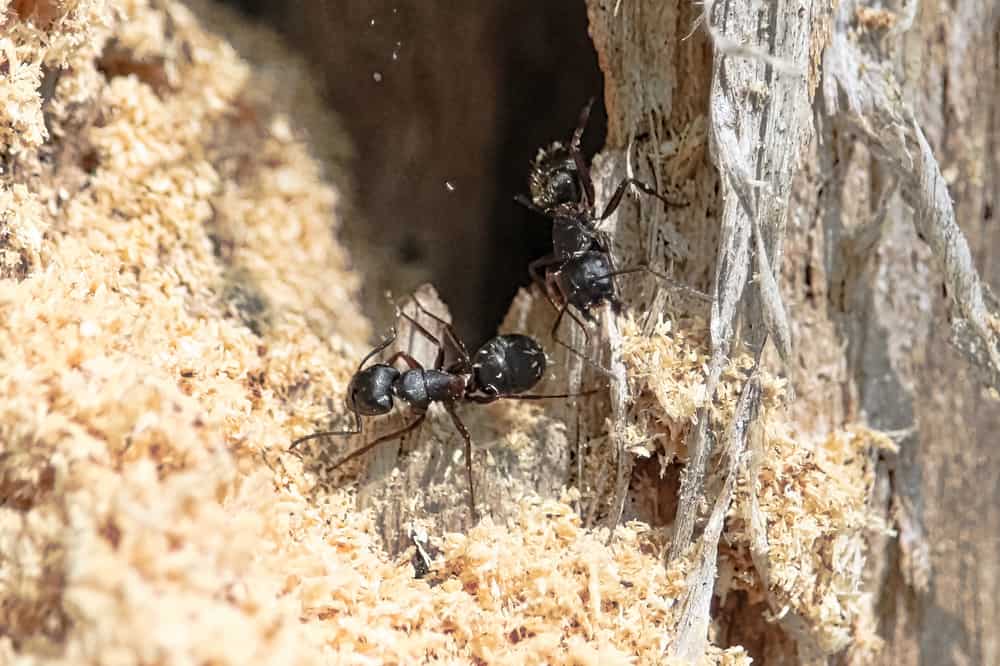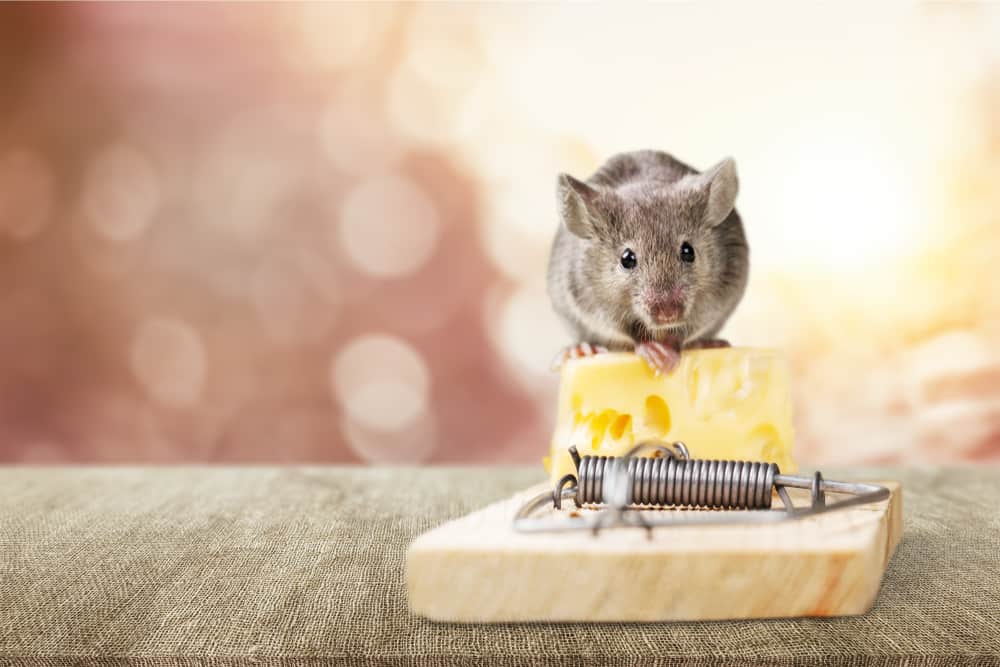Page Contents:
Types of Rodents
Believe it or not, your home could be a shelter for many rodents and other mammals. Typically these roommates live undetected, and are only identified after you notice their damage.
Rodents makeup roughly 40% of the mammal species and can be found in large populations on six different continents. They have impeccable survival instincts that help them live in the wild and in human-made environments.
These mammals can reproduce between 5-10 times in a year and give birth to a litter ranging from 3-14 pups. Taking a small infestation problem, and quickly turning it into a massive one. There are roughly 28 other species of rodents.
How to Identify Rodent Droppings
One common sign that a property is infested with rodents is through their droppings. Rodent droppings are a great indication of pests in the home. The main difference between rat droppings and mice droppings are the size and texture.
House Rat Droppings Are:
- Shiny
- Black
- ½ to ¾ of an inch long
House Mice Droppings Are:
- Smaller
- Smooth
- Pointed ends
Norway Rat Droppings Are:
- Brown
- Blunt ends
Roof Rat Droppings Are:
- Darker brown to black
- Both ends are pointed
The blacker the droppings are, the fresher. Feces indicate whether this you have a new rat infestation or an older one. Old rat droppings typically dry out and become gray.
Knowing these types of rodents can help to quickly identify which is plaguing your home. If one suspects an infestation or is experiencing an infestation problem, call a professional immediately so they can come to take a look. Once identified, you can take the necessary next steps to a cleaner and safer home.
Befriending Our Rodent Friends: The Most Common Rodent Types
Rodents are some of the most intelligent creatures in the world, but they can sometimes be difficult to identify. Here is an easy guide to help you identify the rodents you encounter.
Animals, bugs, humans, oh my! The list goes on and on, and there does not seem to be an end to the overwhelming list of things that we live with and encounter each and every day. However, the one group of animals that seem to be the most difficult for many of us are rodents.
Rodents are a hard group to maintain and remember the names for each rodent; we often find ourselves trying to understand the characteristics that separate a hamster from a mouse, or a rat from a small furry dog. Here is a quick breakdown of rodent types and some quick tips to help identify rodents in your own home and environment.
Rodents are adorable creatures, and depending on the time of day and place, encountering a rodent can be scary. With their wide eyes, little teeth, and claws that scrape across the floors as they run from the sight of humans or other predators.
Trust us, we even get confused and often need a reminder on what types of rodents there are and where we might encounter these rodents. We especially need to know what each rodent looks like before we can safely say that a rodent we encountered is a mouse or a hamster.
Types of rodents you might encounter are:
- Mice
- Rats
- Squirrels
- Prairies Dogs
- Porcupines
- Beavers
- Guinea Pigs
- Hamsters
The list above is only showing the most common types of rodents that you will more than likely encounter in your home, backyard, or even along a hiking trail. Also, for clarification, a rabbit is not a rodent, it is actually considered to be a mammal.
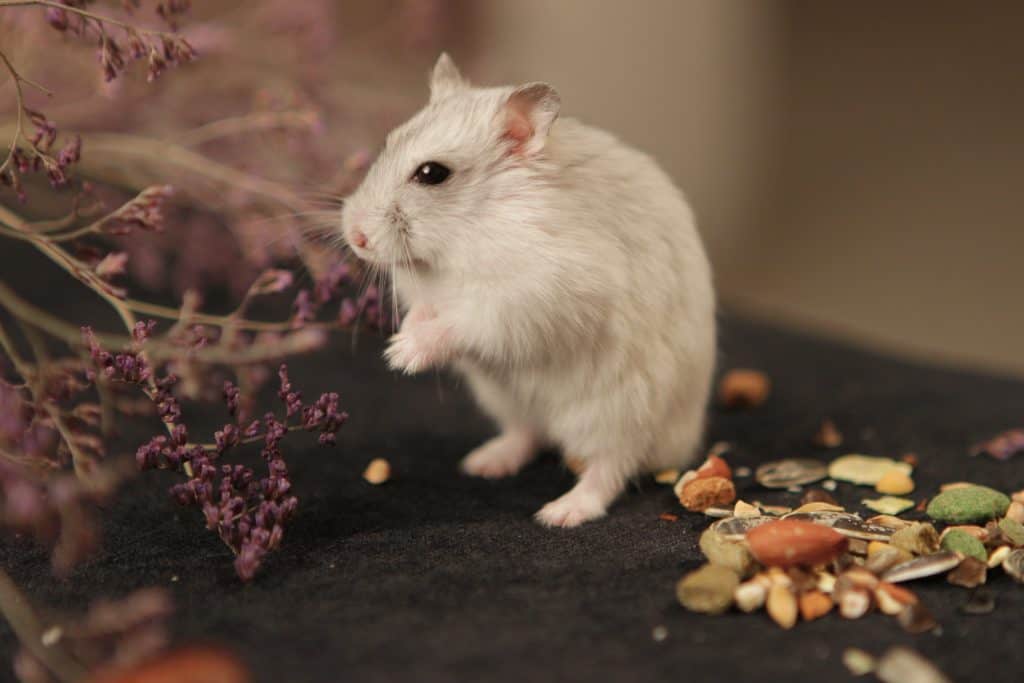
- Deer Mice
Deer mice are bicolored-tailed mammals that are relatively common around the United States. These smaller rodents can be found in rural area fence posts, tree hollows, and log piles. This particular species is named after their fur’s striking resemblance to deers, as their grayish brown bodies gradually whiten towards their bellies, and are roughly 9.6 cm long. Typically not a problem in residential settings, although it is common for them to scurry indoors during the winter. To prevent them from finding their way indoors, avoid storing pet food or birdseed in garages or storage sheds. This is a quick invitation for deer mice to wander indoors and become a problem.
- Norway Rats
Norway Rats are nocturnal and often burrow under garbage or concrete and are found throughout the United States. When found inside, they nest in attics or basements. Still, they usually do not enter homes until the fall and colder seasons, when outdoor food sources are scarce. Norway rats cause a lot of property damage as they gnaw through a variety of materials. These rodents can introduce fleas and mites into the home while also passing along diseases such as plague, jaundice, and rat-bite fever. Yeah, you don’t want to mess with them.
These pests squeeze into homes through ½ inch openings and go undetected for months. To prevent Norway Rats from running amok in your home, exterminators suggest constantly checking for droppings, gnaw marks, damaged food goods, and grease marks from their skin.
- House Mice
With poor vision and color blindness, House Mice can still use their keen senses to move quickly. These rodents are on the smaller end of the rodent spectrum and are most common indoors.
Although they are slightly bigger than deer mice but can fit through a dime-sized hole. They are also common throughout the United States; however, they usually nest in dark, secluded areas with structure.
These rodents can cause severe property damage as they love to chew through wires and other materials, giving them the capability of starting electrical house fires. Since they are known to be found in houses, they contaminate food, spreading diseases and causing health threats to residents. The best way to prevent House Mice is to keep clutter out of spaces like garages or sheds.
- Roof Rats
Roof Rats sound more terrifying than the rest of this rodent bunch. They are expert swimmers and are often called the black or ship rat. This particular species lives in colonies and takes shelter in the upper parts of structures or trees. Although this is rare, these rats carry fleas that are directly linked to the bubonic plague. To prevent roof rats, one should make sure their garbage is correctly covered and disposed of, along with picking up any fallen fruit from surrounding trees.
- Hamster
Although they are considered to be a great first-time pet for your child, they also have a history of being untamed even when being raised domestically. These little creatures have small bodies, an even smaller — stub — tail, and legs that resemble small human fingers.
One of the most interesting things about hamsters is they are normally nocturnal creatures, which means they spend most of their day sleeping, and spend the evenings running around their cages and eating their food.
The hamster will typically be found in dry habitats where there is plenty of dirt or sand they can burrow in and hide from predators.
- Squirrel
Squirrels are the most common, yet most entertaining — aside from rats — rodents you will come across. There are many variations of the squirrel and the squirrel family, but the one we will be focusing on is the ordinary tree squirrel — its colors come in black, grey, and red.
If you have seen a squirrel in person — which we are sure you have — their bodies tend to be lanky, with long muscular limbs, and furry feet. And, a furry tail. The squirrel is adorable up close, but one swift move towards them, and they will be running up the nearest tree or side of a house for protection.
There are other squirrel breeds that are hunted for food, and it is possible to keep a squirrel as a pet.
- Beaver
We aren’t talking about a mascot, we are talking about the rodent. The beaver is native to three different continents of the world: North America, Europe, and Asia. Beavers can be quite easy to identify, and the best way to know if you encounter a beaver is if you happen to notice the altered landscape before you.
Beavers aren’t going to infest your home or hurt your property values. Their impact on the environment is largely positive as they are an important part of the circle of life in river environments.
Beavers have a nickname many ecologists have given them over the years. They have called beavers “ecosystem engineers” as they have a tendency to alter the landscape. These furry rodents have strong teeth that allow them to cut through wood so of course they have great teeth.
- Gophers
Not to be confused with the beaver, or with a rat, a gopher will often burrow through underground tubes. They alter the landscape of the ecosystem too, but not as beavers do. Gophers create tunnels to help them navigate their underground home. They will even venture out of their gopher holes to forage for food. Their favorite things to eat are succulents, herbs, and grass. They gather and return to their families to feed.
Gophers can be found in all types of climates, even in low grasslands and some mountainous areas. They are fascinating rodents with a sophisticated system of getting around and collecting food for their young.
How to Identify a Rodent
Now that we have a fair idea of what types of rodents there are, how do we know how to identify a rodent? One of the things we can rely on is the size of the rodent, like its snout and its height. Another way we can identify is the behavior of the rodent.
Rats are different from other rodents, and a good way to know that a rodent is not a rat, is to look and see how much hair is on the tail, or if there is a tail, unless it is a hamster and it has a stubby tail.
In dry areas, you will likely find gophers and hamsters thriving, or sometimes you will find hamsters in cages inside of homes. For other rodents like the squirrel, you might want to look at the urban, rural, or even suburban area that you live in to classify the characteristics of the squirrel.
For gophers, since they come from many different climates, a gopher will often be found in grassy areas. Beavers are a little tricky, but they tend to migrate to areas of water and plenty of wooded areas as well.
Rodents are fascinating creatures that make awesome pets. Without rodents, and being able to identify them, we probably would mistake every single one as a rat. Thankfully, we have more ways of identifying a rodent by its characteristics, behavior, facial features, environment, and so much more.
